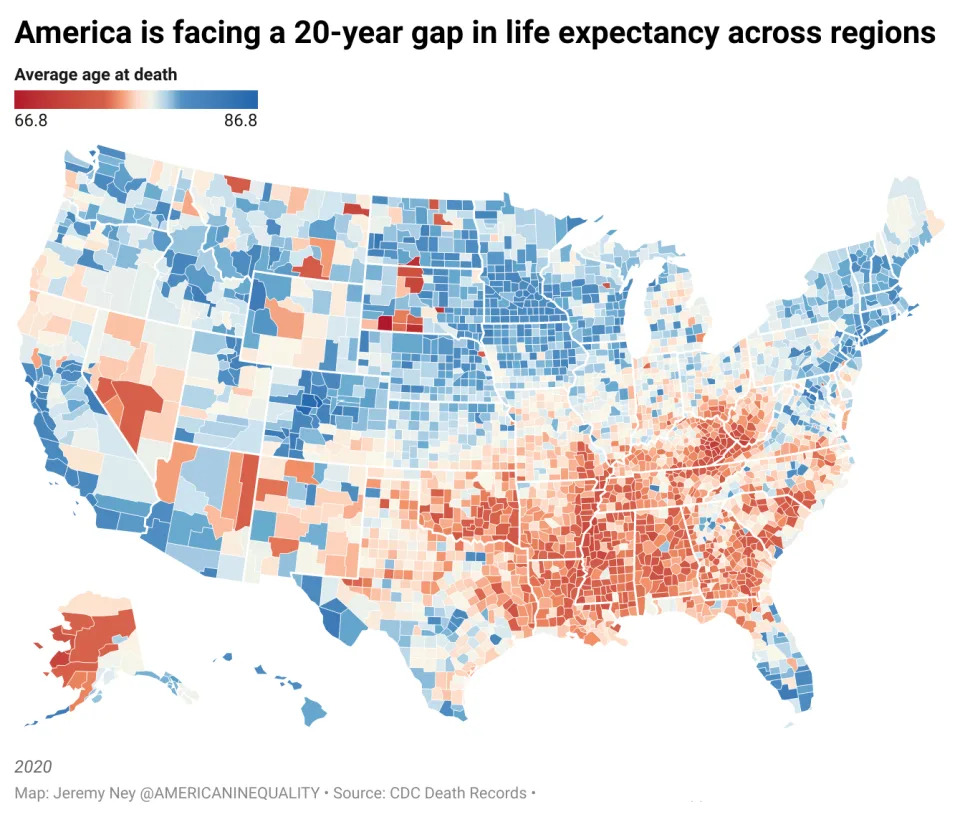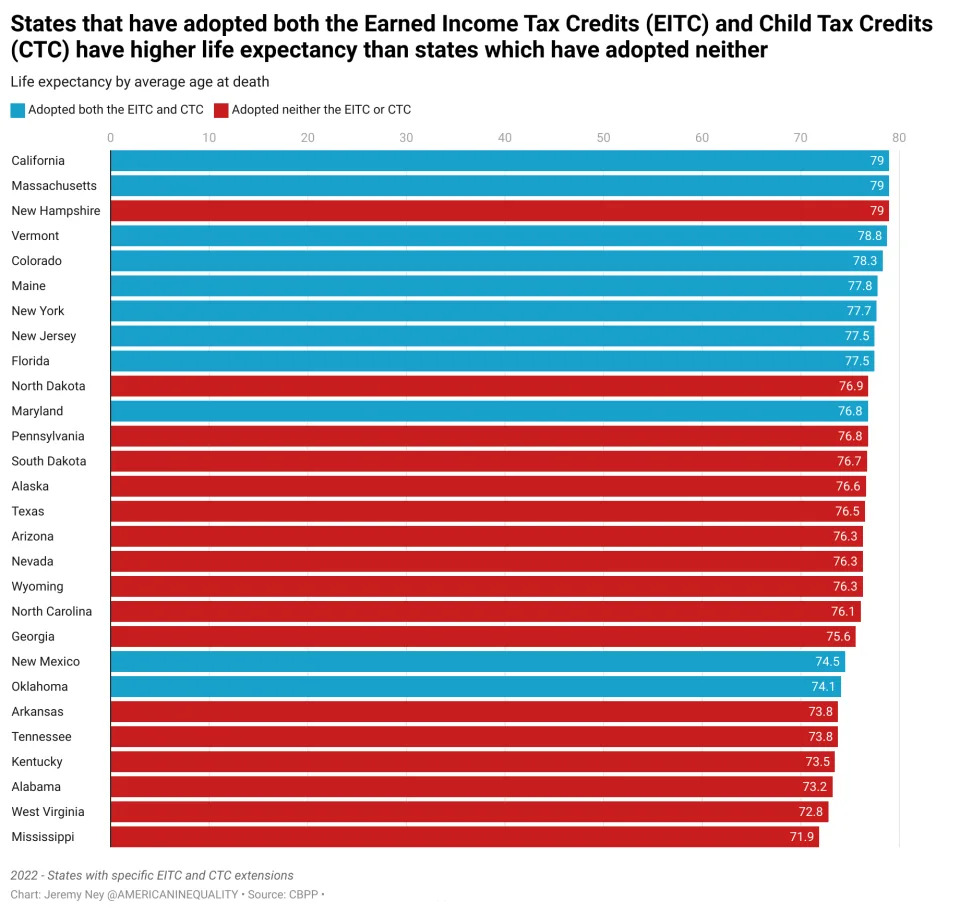The Courier Journal
Can a low level of cholesterol help prevent heart disease? Here’s 3 things to know
Bryant Stamford – April 13, 2023
In the past, little was known about the cause of heart disease, and the belief was that bad heredity and aging were key factors. In other words, if you did a poor job selecting your parents, eventually it would catch up with you and you likely would die from a heart attack.
But this explanation seemed to fall short, especially after World War II when the incidence of heart disease skyrocketed, which inspired the Framingham Heart Study initiated in 1948. Several thousand residents of Framingham, Massachusetts, a typical U.S. small town, were asked to participate in the study. Their role was simply to come to the research clinic and undergo a variety of tests every two years. Otherwise, they were to live their normal lives and make no specific changes.
Over the years that followed, some folks developed heart disease while others did not. All the information that had been collected was then examined to see if there was a pattern that differentiated the two groups. Indeed, there were, and some factors conspicuously stood out in those with heart disease. These so-called “risk factors” were reported in the 1960s and they included cigarette smoking, high blood pressure, and high serum cholesterol.
Since then, it was assumed that a high cholesterol level is bad for you, and the lower it is the better. However, as always, some evidence surfaced on the opposite side, claiming that low cholesterol is bad for your health. A few research studies from decades ago reported that people with very low cholesterol were seriously ill, including some with cancer.
You may like: Can antibiotics ruin good bacteria in your gut? Yes. Here are 3 things to know
The media jumped on this story. As I have written many times, if you want to attract attention, go counter-culture. For example, hundreds of research studies have reported a low cholesterol level helped prevent heart disease, but they received no attention. In contrast, one report that low cholesterol may be harmful exploded in the media.
Skeptical experts examined these issues and provided an explanation. Here’s what to know.
Does low cholesterol cause illness, like cancer?

The media reports that low cholesterol is harmful and may cause cancer was based on the above observational studies. This means a relationship was observed, interpreted, and reported. It’s as simple as that. It was observed that a sample of seriously ill patients, some with cancer, had very low levels of cholesterol in their blood, leading to the erroneous conclusion that the low cholesterol level was the “cause.”
This is an example of poor science because a relationship between two variables (low cholesterol and illness) does necessarily indicate cause and effect.
Further investigation revealed that very ill patients often have low cholesterol levels because the disease is so devastating that patients become quite frail. What’s more, such patients lose their appetite, eat very little and become malnourished. The liver produces cholesterol for the body and production requires an adequate diet. Combine severe illness with malnutrition and the result is a dramatic drop in cholesterol. In other words, the low cholesterol level did not cause the illness. Instead, the illness caused a low cholesterol level.
You may like: Are processed foods bad for you? 4 things to know about how they affect your health
Although these observational research findings have been thoroughly debunked, reports still surface periodically. For example, a very low level of serum cholesterol has been observed to be associated with depression, anxiety, and an increased risk of suicide. Again, is low cholesterol the cause, or are there extenuating circumstances like severe chronic illness that contribute to low cholesterol?
What is the difference between ‘good’ and ‘bad’ cholesterol?
Total cholesterol has several components, including HDL “good” cholesterol, and LDL “bad” cholesterol that contributes to the clogging of the arteries (atherosclerosis). Current guidelines indicate that LDL should be less than 100 mg/dl, and no higher than 70 mg/dl in those with a history of heart disease. However, Dr. Henry Sadlo, a preventive cardiologist and my “go-to” resource for all things heart-related, recommends taking LDL much lower, and there is increasing evidence that his “lower the better” stance is highly effective.
What does it mean to have a low level of LDL ‘bad’ cholesterol?
A 2018 study in the Journal of the American Medical Association “Cardiology” analyzed a huge database of heart patients with an average LDL of 70 mg/dl. When LDL was lowered further to an average of 31 mg/dl, it was associated with 20% fewer heart attacks and strokes. This suggests that an LDL of 70 mg/dl, although preventive, is not as preventive as desired and that taking LDL much lower can provide substantial additional benefits.
A new approach always raises concerns about long-term effects and the risk-reward ratio. Here is the conclusion from a 2023 study published in the American Heart Association Journal “Circulation:” “In patients with atherosclerotic cardiovascular disease, long-term achievement of lower LDL-C levels, down to <20 mg/dL (<0.5 mmol/L), was associated with a lower risk of cardiovascular outcomes with no significant safety concerns.”
You may like: Can I exercise when I am sick? 3 ways a fever, runny nose can impact your workout
What about the potential for unwelcome side effects associated with high doses of statin drugs required to reduce LDL to such low levels? Studies show that additional medications (other than a statin drug) may be helpful, thus reducing the dose of statin drugs. A better option is combining statin therapy with a healthy diet. In my case, with my strict plant-based diet, Sadlo was able to lower my LDL to 35 mg/dl with only a modest dose of a statin drug.
All in all, research data to date suggest that promoting a very low LDL is safe and effective and holds considerable promise to prevent heart disease.
Reach Bryant Stamford, a professor of kinesiology and integrative physiology at Hanover College, at stamford@hanover.edu.










